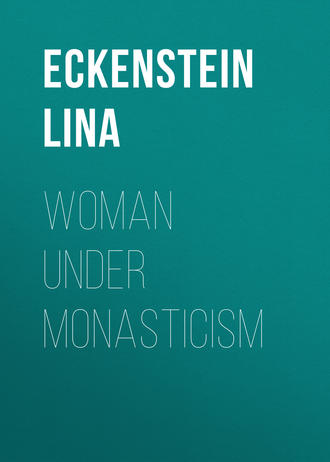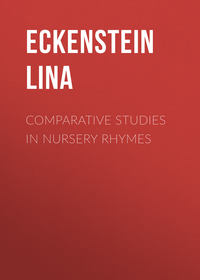Woman under Monasticism
 полная версия
полная версияWoman under Monasticism
Жанр: зарубежная классиказарубежная старинная литератураисторическая научная и учебная литератураистория Средних веков
Язык: Английский
Год издания: 2017
Добавлена:
Настройки чтения
Размер шрифта
Высота строк
Поля


